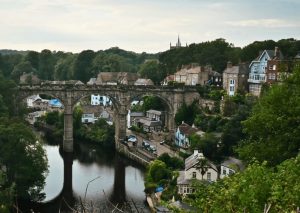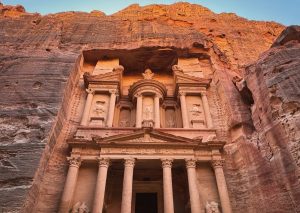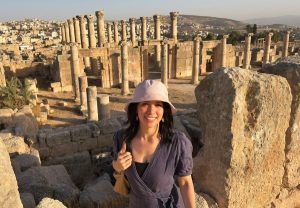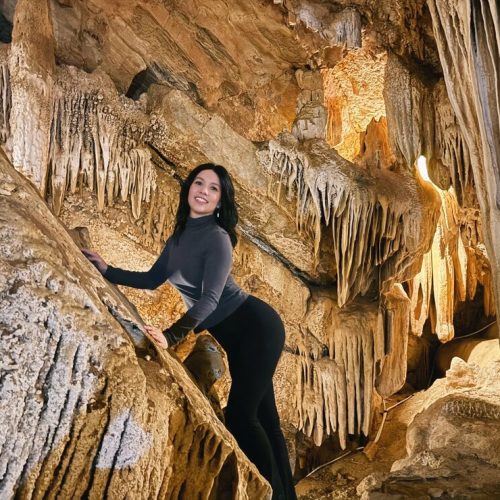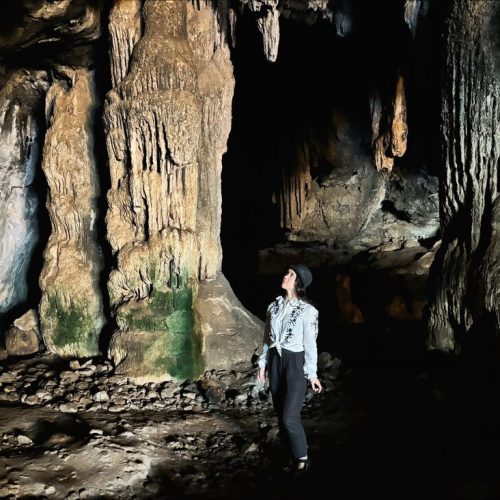
If you think of India, your mind will likely drift to images of colourful temples, ancient monuments, chaotic cities, spiritual ceremonies, red-hued spices and vibrant festivals. The ordered streets and concrete buildings of Chandigarh probably do not spring to mind.
I’ve long been interested in the work of Le Corbusier, the pioneer of modern architecture, and I never thought I would see so many of his buildings in one place, least of all in India.
Chandigarh isn’t a popular tourist destination among western travellers who favour the palm-fringed beaches of the south, the grand palaces of Rajasthan, or the majestic natural beauty found deep in the Himalayas. In fact, I’d go as far as to say that the sheer amount of concrete might alienate the average holiday goer.
While I can’t speak for every traveller that visits Chandigarh, I’m quite confident that most people who visit are drawn to the architecture, curious to knowing more about the city that was built in Le Corbusier’s vision.

While I am by no means an expert on architecture, far from it, I do have a soft spot for modernism, especially the concrete kind. My interest was sparked by living in a brutalist building in London for many years. So when I was planning a trip to India and looking for places where I might find modern architecture, I knew that I had to factor Chandigarh into my itinerary.
The creation of Chandigarh – India’s first ‘planned city’
In the wake of achieving independence in 1947 from British rule and the subsequent partitioning of India, the country’s first prime minster, Jawaharlal Nehru, was eager to move his country into a brighter and more united future. One of the projects to usher this new era was the construction of Chandigarh. A city that would be built from scratch.
Nehru’s vision for Chandigarh was to create a modern, efficient, and human-centred city that embodied the ideals of post-colonial India – progress, order, and a break from tradition. To get the job done he turned to initially to American urban planner and architect Albert Mayer. He created the master plan whereby the city would be divided into self-contained sectors, each with its own market, schools, and recreational spaces, allowing residents to have access to essential services within a short distance.
However, tragedy struck when Mayer’s chief architect and partner Matthew Nowicki died in a plane crash and Mayer decided to retire. The project was then passed onto Le Corbusier to complete.
Le Corbusier’s vision for Chandigarh
Le Corbusier kept the idea of self-contained sectors set out in Mayer’s plan. However, adjustments were made. He decided upon a rectangular grid system where each section would be completely uniformed in size and shape. While Mayer’s plan showcased curved roads, Le Corbusier made them all completely straight to allow for better traffic flow.

Le Corbusier saw a city as a “living organism”, believing that urban planning should reflect the natural order and functionality of the human body. Just as the body has distinct systems and organs that perform specific functions in harmony with one another, a city should be organised in a way that each part serves a specific purpose while working together as a whole. This approach was central to his modernist urban planning philosophy, where he sought to create cities that were efficient, orderly, and conducive to human life.
This all seems very idealist, doesn’t it? To what extent his vision was actualised, I’m not sure. It would be great to hear from people who actually live in Chandigarh. It’s interesting to think about what Chandigarh might have become if Mayer and Nowicki had completed the job.
I say this because Mayer had more experience of urban planning and focused more on people and creating neighbourhoods. Prior to working on Chandigarh he had worked and lived in other Indian cities and became enamoured by Indian culture.
In contrast, Le Corbusier opted to live in Paris while designing Chandigarh and visited twice a year. It could be argued that India’s distinct cultural tapestry was considered less in his design, favouring instead the design of impressive administrative buildings and creating symbolism through his work.
You might also like → Concrete Elegance: Where to Find Brutalist Architecture in Paris
From my own personal experience, while the buildings designed by Le Corbusier are truly extraordinary in a visual sense, they fail in other areas of planning. You see, most of the buildings are centred around the Capitol Complex, the government administrative centre, not for the everyday people. I didn’t feel a strong sense of community which is important for me to connect to a place. I should add that I was only in Chandigarth for two days, so that also likely played a part.
It was also unspeakably hot during my visit. I constantly felt like I was on the hunt for shelter. The long, exposed boulevards which I might otherwise have appreciated on a cool day, seemed particularly unforgiving. In the end, I gave up and waved down a tuk-tuk to take me to the Capitol Complex, a UNESCO World Heritage Site, located in the northernmost Sector 1.
Despite my mixed feelings around my visit to Chandigarh, I did visit for the architecture, and in that sense it did not disappoint. They are among some of the most incredible examples of brutalist architecture I’ve seen anywhere in the world. Here are some of the buildings you can find inside the Capitol Complex and beyond:
Capitol Complex
Inside the Capitol Complex you will find the greatest number of Le Corbusier’s modernist buildings and monuments. It consists of three main buildings – the Secretariat, the High Court, and the Legislative Assembly, as well as several notable monuments – the Open Hand Monument, the Tower of Shadows, and Geometric Hill.
Below were my favourite buildings and structures:
Palace of Assembly

My favourite building within the complex. Incredible on the outside, and possibly even more mesmerising inside. From every angle the Palace of Assembly had something striking either visually and architecturally, whether it be an etching engraved into the walls, a tiled mural, or the dramatic up-curved roof.
During my architecture tour I had the chance to go inside this building. At the centre is the Assembly Hall and I literally cried when I walked inside. It has an incredible aura. A dreamscape of colour and patterns, nothing like you would expect inside a formal assembly chamber. Sadly I had to leave my bag and phone with security so I wasn’t able to take any photos inside. However, I found one online to share with you:

Note: I found this photo on reddit, but the account that uploaded it does not give credit to the source / photographer. In the very slim chance that anyone reading this is the photographer, let me know I’ll give you credit.
Open Hand Monument

The Open Hand Monument designed by Le Corbusier, is a towering metal structure that rotates with the wind. The symbol represents peace, reconciliation, and the city’s motto of “open to give, open to receive.” Standing at 85 feet high, the Open Hand is not just an architectural feat but also a philosophical statement of openness and free exchange of ideas.
Le Corbusier’s use of the Open Hand as a motif appears throughout the city, embodying his vision of Chandigarh as a space for human progress and democracy.
Tower of Shadows

The Tower of Shadows is a sculptural structure designed to study the movement of the sun and shadows. Le Corbusier created the tower to experiment with natural light and ventilation, elements that were central to his architectural philosophy.
The concrete tower is designed to remain cool inside even during the hottest parts of the day, showcasing Le Corbusier’s mastery of climate-responsive architecture. I can definitely vouch that it works, under the beating sun, it functioned beautifully as shelter. The structure is an excellent example of how Le Corbusier blended functionality with form.
Parting thoughts about Le Corbusier’s Chandigarh
In a nutshell, I would recommend visiting Chandigarh if you are passionate about architecture. The Capitol Complex is truly visionary from a form and aesthetic point of view. There’s nowhere else like it India. Le Corbusier was commissioned to build a city that was modern, orderly, and braked away from tradition, and in that sense I think he succeeded.
However, my visit did raise a lot of questions around Le Cobusier’s vision. What were his main priorities? How sensitive was he to the place and the communities he was designing for? Did he plan for commerce in mind? For growth? Was the design too foreign to the cultural and visual identity of India? The answer is, I’m not entirely sure but I have my doubts.
One of the things I love most about India is the unfiltered view of street life and I honestly can’t recall seeing much of it in Chandigarh.


